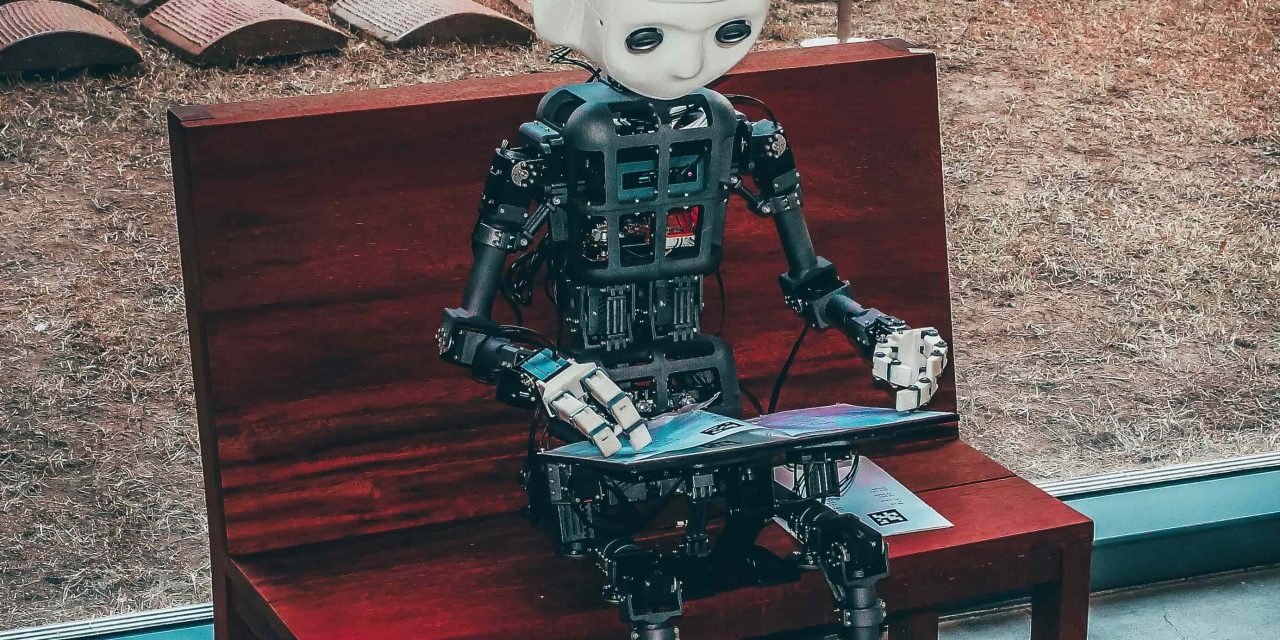Introduction
Artificial intelligence (AI) stands at the forefront of technologies shaping our future, with implications across diverse fields. Among these, generative AI has captivated the attention of creative professionals, offering a unique set of challenges and opportunities. The recent panel discussion at MIT’s Bartos Theater delved into the future of generative AI and its impact on art and design.
Panel Discussion Overview
The sold-out event, part of the annual meeting for the Council for the Arts at MIT (CAMIT), was co-presented by the MIT Center for Art, Science, and Technology (CAST). Moderated by Onur Yüce Gün, the panel featured multimedia artist and social science researcher Ziv Epstein, MIT professor of architecture Ana Miljački, and artist and roboticist Alex Reben.
Emergence in Art and Design
Ambiguity in the Creative Process
Ana Miljački highlighted the ambiguity inherent in the creative process, citing a project involving the destruction of the Memorial Cemetery in Mostar. Through generative AI, a nonlinear documentary was created, exploring the synthesis of memories and values. Ziv Epstein emphasized the artistic agency embedded in generative AI tools, raising questions about representation and perpetuated ambiguities.
Embodiment in AI-Generated Art
Sensory Interaction with AI Systems
The discussion turned to the sensory interaction with AI systems in art and design. Miljački detailed a project that went beyond two-dimensional images, creating a spatial and sensory experience through images and soundscape. Alex Reben emphasized the human involvement in the creation process, illustrating how AI-generated images can be transformed into tangible, three-dimensional artworks.
Meaningful Human Control and Expectations
Embedding Human Control
The panel explored the challenge of embedding meaningful human control into generative AI systems. Epstein compared the current state of AI interaction to “yelling at a black box” and emphasized the need to incorporate more meaningful human inputs, akin to a violinist’s control over their instrument.
Managing Expectations
The discussion touched upon the rapid spread of AI technologies and the accompanying high expectations. Miljački expressed hope that AI would not replace critical thinking and raised concerns about perpetuating biases present in historical archives. Epstein envisioned generative AI as an “ontological wrecking ball,” reshaping human perspectives and questioning existing norms.
Author Introduction: Pritish Kumar Halder
In conclusion, the panel shed light on the intricate relationship between generative AI and the creative process in art and design. As we navigate this transformative landscape, it is crucial to consider the challenges and possibilities that arise, ensuring that generative AI becomes a force for positive change in the realm of creativity.
By Pritish Kumar Halder
Art and Technology Enthusiast











